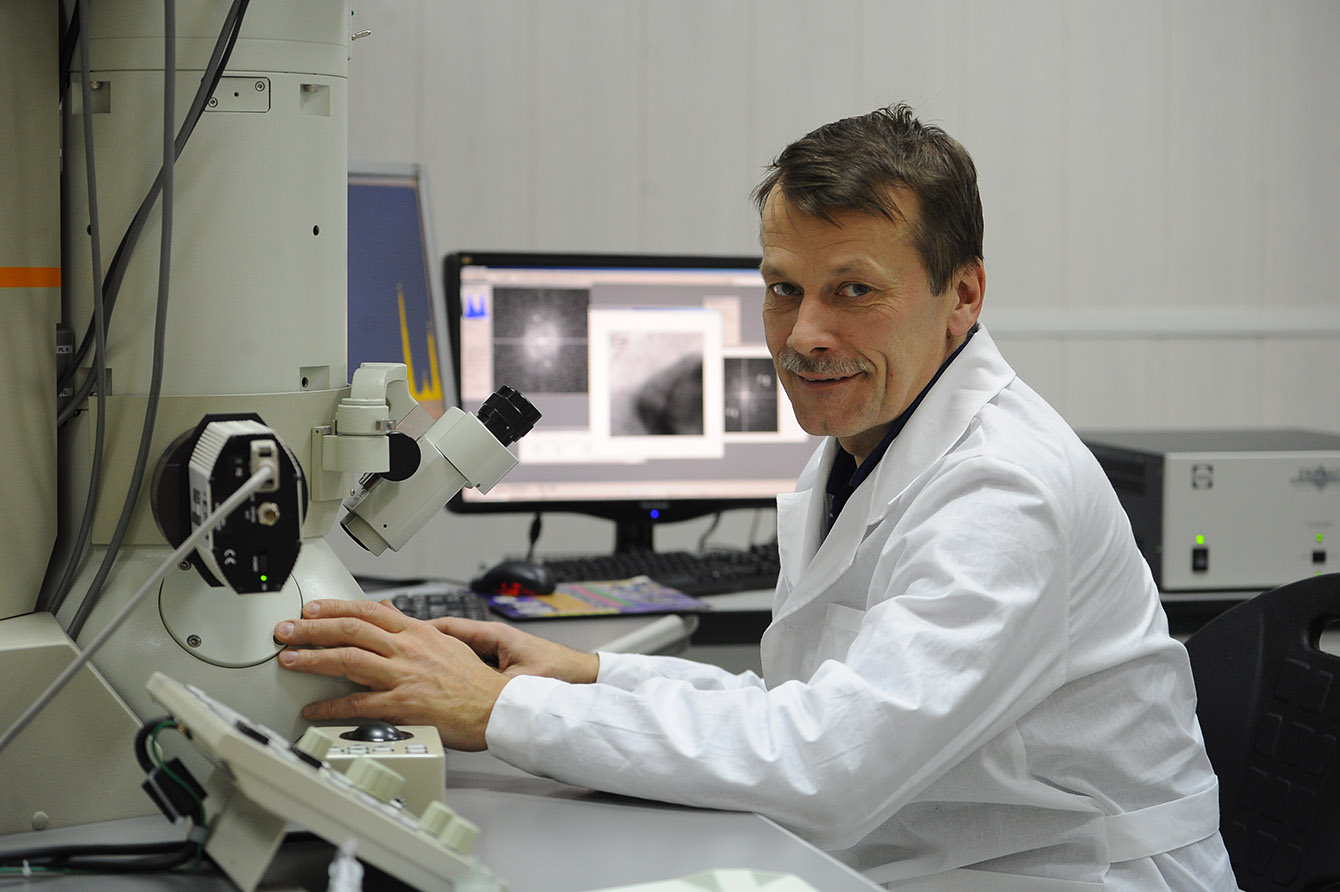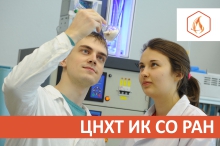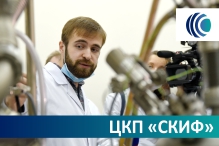С 13-го марта 2019 года функционирует новый Федеральный исследовательский центр (ФИЦ) «Институт катализа СО РАН», специализирующийся в области катализа и смежных наук. «Каталитический» ФИЦ возник на базе Института катализа СО РАН путем присоединения к нему Института проблем переработки углеводородов СО РАН (ИППУ СО РАН, Омск) в качестве филиала под названием Центр новых химических технологий ИК СО РАН.
Еще один филиал Института катализа СО РАН был создан 7 апреля 1998 года и находится в Волгограде. Лабораторная и опытно-промышленная база Волгоградского филиала ориентирована на процессы тонкого органического синтеза.
24 августа 2021 в ФИЦ ИК СО РАН появился новый филиал: Центр коллективного пользования «Сибирский кольцевой источник фотонов», сокращенно ЦКП «СКИФ». Новый филиал работает над созданием объекта класса «мегасайенс» с источником синхротронного излучения поколения 4+, который будет построен в новосибирском наукограде Кольцово.
Новый федеральный исследовательский центр сохранил название «Институт катализа СО РАН» и стал самым крупным в стране специализированным научным центром в области химического катализа и каталитических процессов.
Персонал Федерального исследовательского центра "Институт катализа СО РАН" насчитывает более 1100 человек. Среди них более 430 научных сотрудников, в том числе два академика и три члена-корреспондента РАН, более 60 докторов и более 260 кандидатов наук.
|
Полное наименование ФИЦ: Федеральное государственное бюджетное учреждение науки «Федеральный исследовательский центр «Институт катализа им. Г.К. Борескова Сибирского отделения Российской академии наук» Сокращенное наименование ФИЦ: ИК СО РАН, Институт катализа СО РАН Все варианты наименований (Посмотреть/Скачать) |
| Цель создания Центра – проведение актуальных фундаментальных, поисковых и прикладных исследований в области катализа на мировом уровне, координация проектов полного цикла – от передовых фундаментальных научно-исследовательских работ до внедрения их результатов в реальный сектор экономики. |
| Миссия «каталитического» ФИЦ: обеспечить мировой уровень фундаментальных, ориентированных и прикладных исследований в области катализа в России с целью перехода от сырьевого пути развития экономики к экономике, базирующейся на глубокой переработке природных ресурсов и концепции устойчивого развития общества. |
СТРУКТУРА ФИЦ "Институт катализа СО РАН"
УСТАВ ФИЦ "Институт катализа СО РАН"
ФИЦ «Институт катализа СО РАН» объединяет усилия ученых Новосибирска, Омска и Волгограда и разрабатывает новые прогрессивные каталитические технологии, необходимые для устойчивого и независимого развития химического комплекса и экономики России в целом, в том числе:






